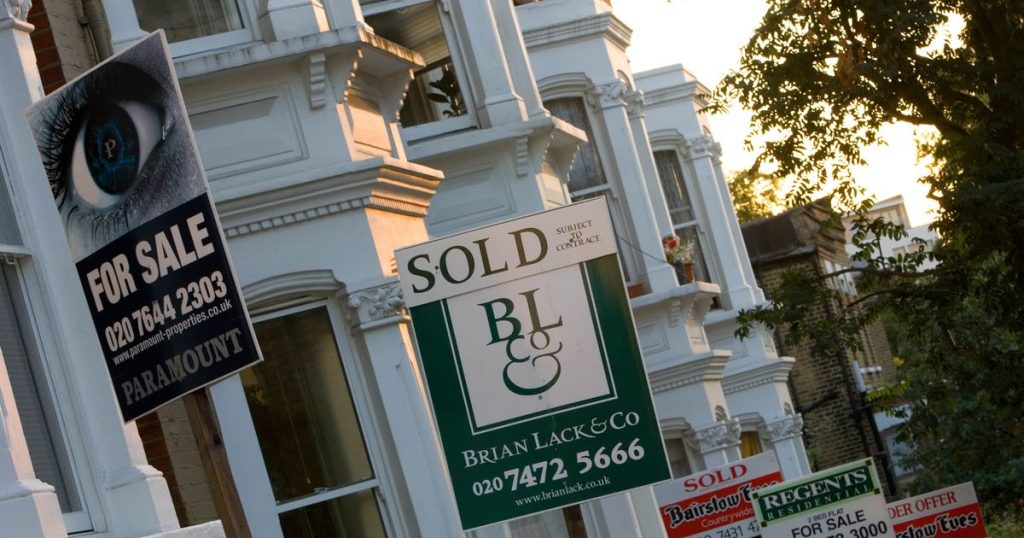House prices have increased in the last twelve months as would-be buyers who paused their plans to buy a house last year have resumed their search for a new home. The average price of a property in Britain reached a record high of £375,131 in May, with a monthly increase of 0.8%. This surge is attributed to pent-up demand from buyers who delayed their plans due to the uncertainties of last year. Despite mortgage rates remaining high, the number of sales agreed in the first four months of the year is 17% higher than the previous year. May is traditionally a strong month for price growth, and new price records have been set in May for 12 out of the last 22 years. Since the last price record set in May 2023, average prices have increased by only 0.6%, indicating the market’s sensitivity to price fluctuations.
Rental costs have also seen an increase over the past year, with existing tenants experiencing an average rent rise of 8.3% over the 12 months to April. This growth in rental prices outpaces the increase in rent for newly-let properties. Many tenants are hesitant to move due to the significant gap between market rates and the rent they are currently paying. Moving to a new property often means getting less for more money, which discourages tenants from seeking new rental accommodation. The gap between sitting tenants’ rents and market rates may close over time, but if rental growth on the open market picks up again, it might take longer to reach parity.
In a positive development for the mortgage market, banks such as HSBC UK, Barclays, and TSB have recently reduced their mortgage rates. This move is expected to stimulate further activity in the housing market. Rightmove, a property listing website, anticipates around 1.1 million completed house sales this year despite the lengthy process of completing a sale after finding a buyer. The average time between agreeing on a sale and legal completion currently stands at five months, with the entire process, from listing a property to moving, taking over seven months on average. These figures emphasize the need for sellers who hope to move by Christmas to start the process now.
These trends in the property market and rental sector coincide with the rising demand for comfortable and affordable home furnishings. Consumers are seeking products like cooling mattresses, well-priced furniture, and tools that enhance their living spaces. Reviews and recommendations for products like a cooling Tempur mattress that costs 56p a night and a two-seater bench from John Lewis reflect the value consumers place on comfort and affordability when investing in home goods. As the housing market continues to see growth and rental prices increase, the demand for home furnishings that offer quality at a reasonable price is likely to persist.
Overall, the current housing market is driven by a combination of factors, including pent-up demand from buyers, increasing property prices, and rising rental costs. The market’s sensitivity to price fluctuations and the challenges involved in completing a property sale after finding a buyer underscore the need for proactive decision-making by sellers and buyers. As banks offer lower mortgage rates, this could further stimulate activity in the housing market. Consumers are also focused on acquiring affordable yet quality home furnishings, emphasizing comfort and value in their purchases. The interplay of these factors shapes the current landscape of the real estate and home goods sectors, highlighting the importance of strategic planning and informed decision-making for all involved parties.


